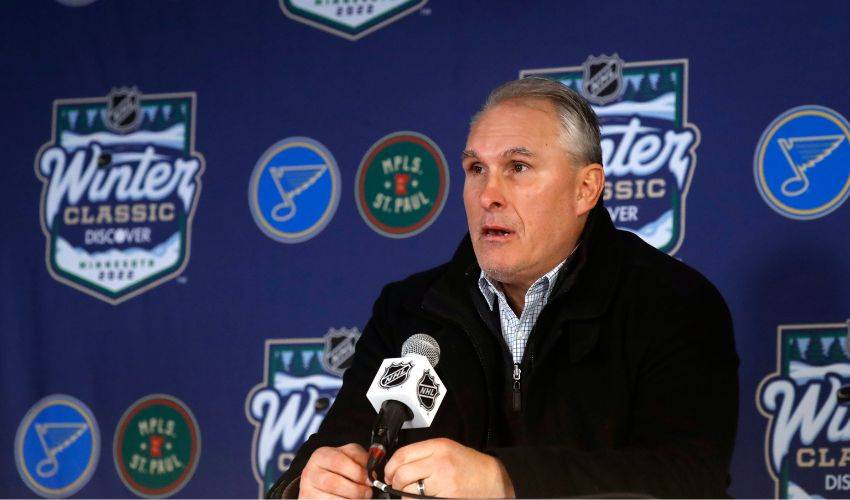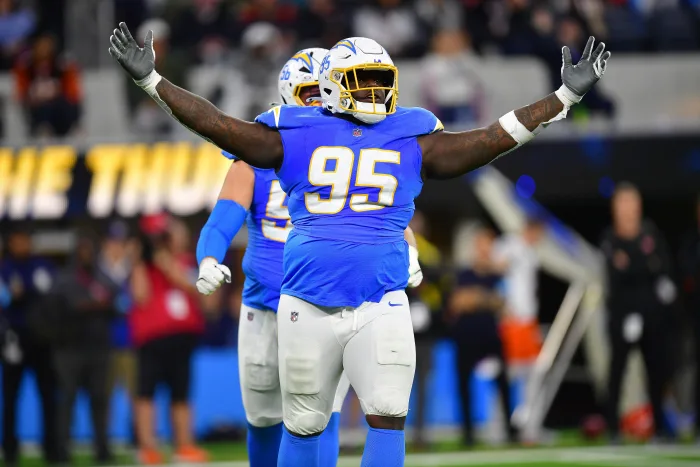Carlo Colaiacovo’s critique of the Toronto Maple Leafs’ development system, particularly regarding the cultivation of defensive prospects, highlights a significant issue within the organization that has sparked considerable discussion among fans and analysts alike. His pointed observations suggest that while the Leafs have succeeded in developing elite forwards like Auston Matthews and Mitch Marner, their track record with defensemen has been far less impressive, leading to long-term strategic concerns for the team.

Colaiacovo’s Critique: A Detailed Examination
During a recent broadcast, Colaiacovo openly questioned the effectiveness of the Leafs’ development pipeline, particularly when it comes to producing NHL-caliber defensemen. He noted that despite the organization’s investment in drafting and developing defensemen, very few have emerged as reliable, everyday players for the team. This, he argues, has forced the Leafs to rely heavily on acquiring defensemen through trades and free agency, often at a substantial cost both in terms of assets and salary cap space.
Colaiacovo’s critique is rooted in the observation that while the Leafs have seen forwards rise to stardom, this success has not been mirrored on the blue line. He cited examples of high draft picks and prospects like Stuart Percy, Andrew Nielsen, and Travis Dermott who were once touted as future mainstays on the Leafs’ defense but ultimately did not fulfill their potential. Dermott, for instance, who was drafted in the second round in 2015, was seen as a promising talent but never cemented his role as a top-four defenseman, eventually being traded to the Vancouver Canucks.
The Leafs’ Development Challenges
The Maple Leafs’ struggles with developing defensemen are not a new issue but have become increasingly glaring as the team continues to search for stability on the blue line. Although players like Rasmus Sandin and Timothy Liljegren have made it to the NHL, Colaiacovo contends that their development has not been as swift or as comprehensive as it might have been in organizations known for their strong defensive pipelines.

The criticism extends to the Leafs’ drafting strategy, which has often prioritized forwards over defensemen, potentially contributing to the imbalance in the team’s roster composition. This approach has led the Leafs to compensate for their developmental gaps by trading for established defensemen or signing them in free agency—moves that, while addressing short-term needs, may not be sustainable over the long term.
Strategic Implications for the Leafs
Colaiacovo’s comments underscore a broader strategic issue facing the Maple Leafs. The reliance on trades and free agency to bolster their defense has resulted in the team parting with valuable draft picks and prospects, a strategy that carries risks, particularly in a salary cap era where cost-controlled talent is crucial for long-term success. The acquisition of players like Jake Muzzin, T.J. Brodie, and Jake McCabe, while beneficial, exemplifies the cost of filling gaps that could have been addressed internally with more effective player development.
This strategy also puts pressure on the Leafs’ salary cap, limiting their flexibility in other areas. Colaiacovo warns that without a stronger internal pipeline, the Leafs may find themselves in a position where they lack the depth and financial room to make necessary moves, potentially jeopardizing their competitiveness in the future.
What Needs to Change?
For the Maple Leafs to address these issues, Colaiacovo suggests that the organization needs to reevaluate its scouting and development processes. This could involve enhancing their scouting department, particularly in assessing and drafting defensemen, and making a stronger commitment to player development at the AHL level with the Toronto Marlies.

He also stresses the importance of patience in developing defensemen, acknowledging that it often takes longer for these players to mature and adapt to the professional game compared to forwards. The Leafs might benefit from studying successful models from teams like the Tampa Bay Lightning and Nashville Predators, who have consistently developed strong defensive talent through a combination of smart drafting, patient development, and robust AHL systems.
The Path Forward
As the Maple Leafs aim for sustained success and deep playoff runs, improving their development pipeline for defensemen is becoming increasingly critical. Colaiacovo’s critique, while pointed, serves as a necessary wake-up call for the organization. The challenge for Leafs management, led by General Manager Brad Treliving, will be to balance the immediate demands of building a competitive team with the long-term goal of creating a sustainable contender through internal development.

The decisions made in response to these criticisms will have significant implications for the Maple Leafs’ future. If the organization can successfully revamp its development system and begin producing reliable defensive prospects, it could pave the way for a more balanced and resilient team capable of competing for the Stanley Cup for years to come.










